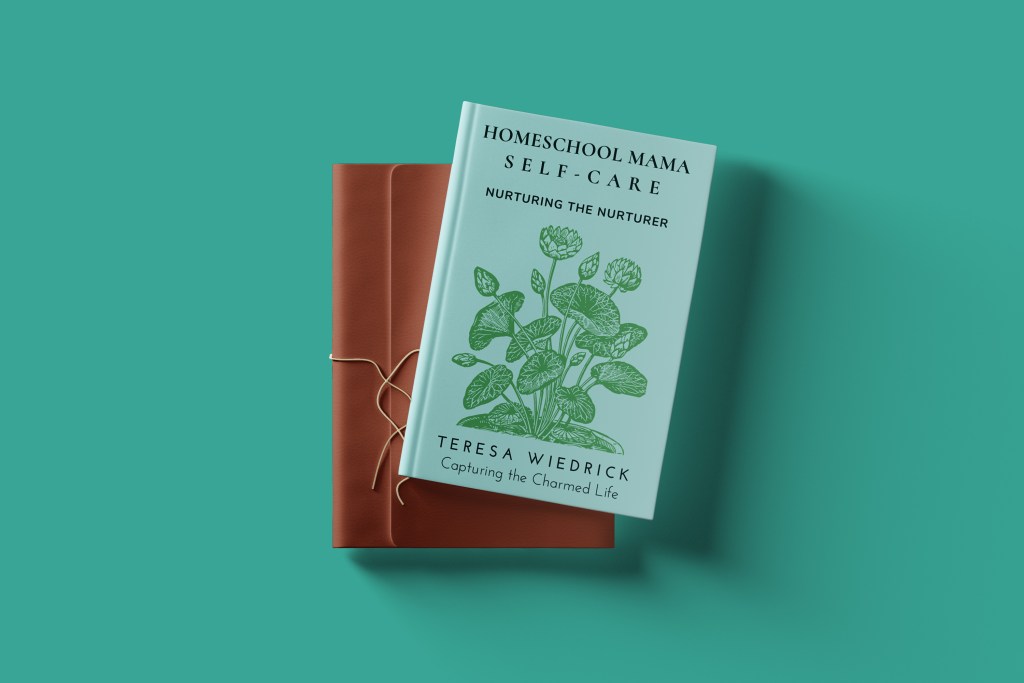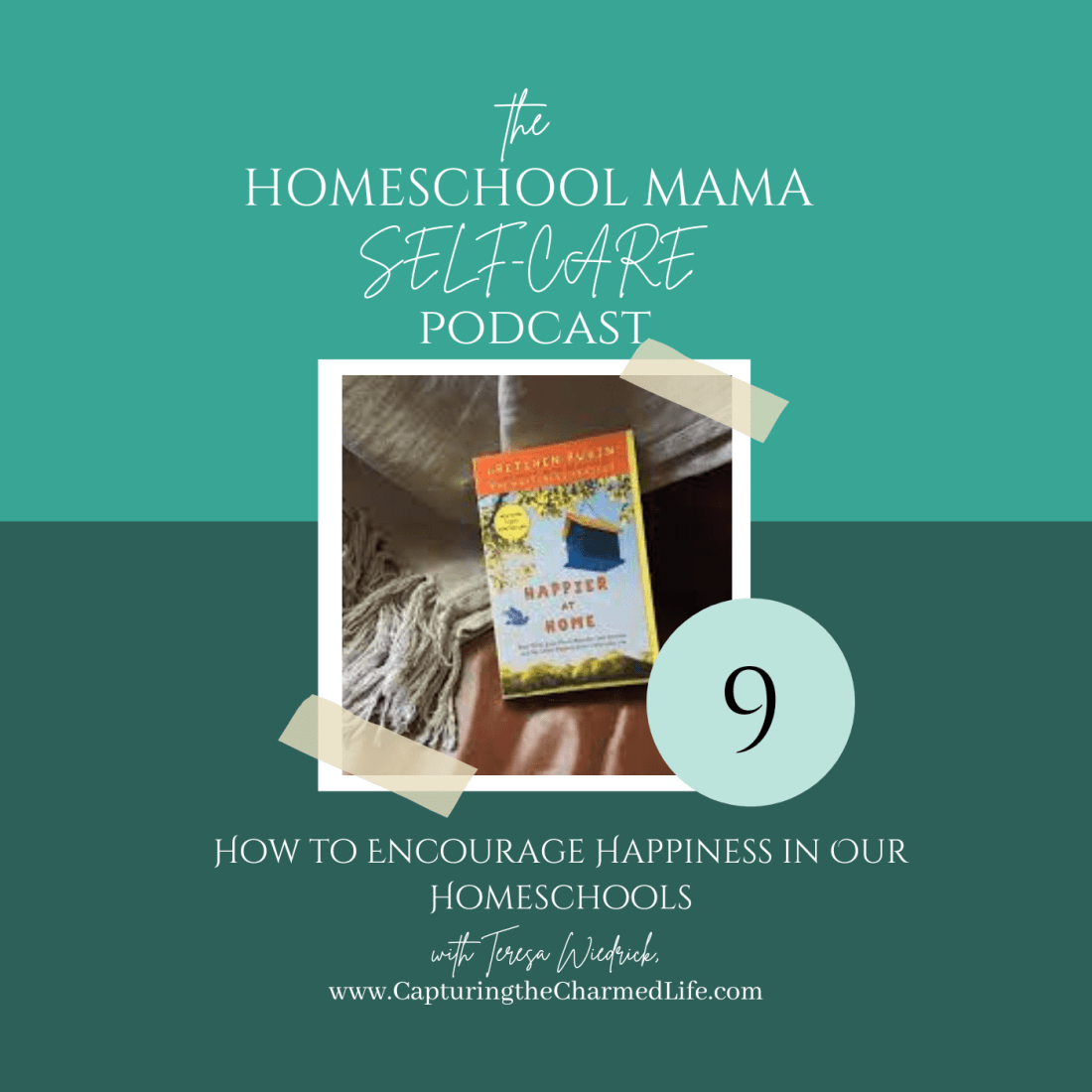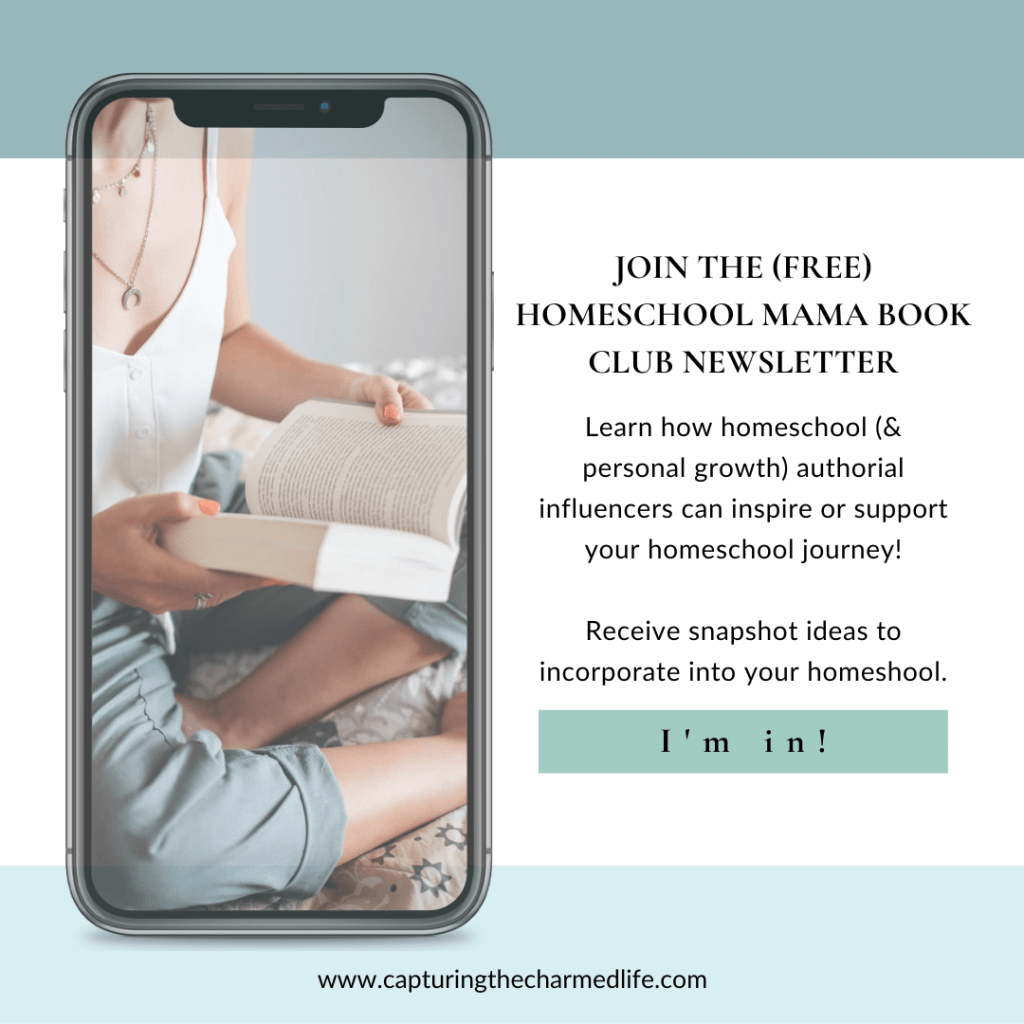Podcast: Play in new window | Download
How does Gretchen Rubin, author of The Happiness Project, help us infuse happiness in our homeschools?
Our goal is to infuse happiness in our homeschools, but how can we do that?
Straight up, we homeschool mamas need to fearlessly guard and strengthen our happiness. Cause what we have within us is what we have to offer our families.
Here’s how Gretchen Rubin informs my homeschool:
1. Gretchen Rubin says “the belief that unhappiness is selfless & happiness is selfish is misguided. It’s more selfless to act happy. It takes energy, generosity, and discipline to be unfailingly light-hearted…”
When we have happy energy ourselves, we have happy energy to share with others.
Turns out, this is the case no matter what we do in life.
But homeschooling is a unique scenario in that it requires a 24-hour 7-day week fuel tank of happy energy.
A whole lot of energy.
(And I’m not suggesting you need to be light-hearted and happy all the time. Because that ain’t real life).
But assuming that your goal can be happiness, that aspiring toward happiness is worthy, I say let’s build practices toward that, toward happiness.
(Oh yeah, girlfriend, I am saying that!)
Because you get to be happy, homeschool mama!

2. “Happy people generally are more forgiving, helpful & charitable.”
Damn girl, #truth!
When we’re preoccupied with our joy and others’ joy, we don’t want to remain in an unhappy space.
We’d rather return to a pleasant place.
Though feeling angry or disappointed is only human, staying there has no long-term benefit.
Because happy people are more forgiving, helpful, and charitable, obviously our families are benefited.
All kids and all families need forgiveness and charity.
So if we’re happy, then our families get more forgiveness, help, and kindness. Sounds like a win-win.

3. Gretchen Rubin reminds us, “What you do every day matters more than what you do once in a while.”
And building in regular happy-creating practices everyday matters.
Like these activities…
a. Meditate.
Meditate on true things. To connect with that still, small voice. To recognize that your thoughts are just thoughts, they’re not you.
We need to practice just being.
Here are a few of my favourite guided meditations:
b. Yoga.
To add strength and relaxation to your physical body. Cause if you’ve got kids, you’re expected to play!
Here are a few simple guided yoga videos to get you started:
- Yoga with Adriene
- Is Yoga good for you?
- Beginner Kundalini Yoga
- Yoga stretches for bedtime to release tension & stress
c. Treasured treats.
Schedule the simple things:
- A glass of wine preparing dinner on a weekend evening.
- A piece of dark chocolate after dinner (or two).
- That stash of special cookies tucked under your bedroom corner chair for the stolen quiet time in the afternoon. (Pssst I won’t tell the kids.
d. Chocolate consumption.
Just an ounce of really good dark chocolate.
Why is dark chocolate good for you? Find out here.
e. Brain supplements.
And all the other supplements that you could be taking that might increase your overall sense of well-being.
Check out here a few I use:
- Meet an excellent resource person on natural supplements, Dr. Daniel Amen
- L-theanine
- Omega-3s
- Sleep supplements
f. Quiet time.
A hot cup of coffee or mint tea before anyone talks with you.
- Quiet space to think.
- Quiet space to determine our thoughts toward our day.
- Time to journal, to plan, and to be quiet.
- Time speaks our daily homeschool mama affirmations.

A Daily Homeschool Mama Journal for You!
Introducing the Daily Homeschool Mama Journal, your perfect companion to build time for yourself! With daily journal questions, weekly planner, and self-care activities, enhance your self-awareness and explore your identity while taking care of yourself. Start practicing self-awareness today!
g. Self-awareness time every day.
A powerful tool for understanding ourselves is to sit and listen to our uncomfortable feelings.
- Why do we feel what we feel?
- What’s the thought behind that feeling?
- What’s the story behind that thought?
Be gracious with ourselves and don’t judge our feelings as good or bad, but observe them instead.
h. Accept all your feelings.
You are human and humans feel all sorts of feelings:
- disappointment,
- disgust,
- overwhelm,
- sadness,
- frustration,
- contempt,
- glee,
- and elation.
Recognize that feelings often pass like clouds in the sky: they don’t stay static, yet they’re not entirely predictable either.

i. Daily exercise.
Somehow, someway, every day.
(Or at least, most days).
We need endorphin rushes. For happy hormones & burning off tension.
(That doesn’t come from children squabbling, or someone getting hurt, or complaints about math problems.)
Burn off that tension with high-intensity exercise that you enjoy.
Like these:
- 10 Minutes Toned Arms Workout
- Quick Pilates core workout
- Tutorial Easy Dance (my kids know I LOVE this tutorial)
i. Energizing activities.
For me, writing, gardening, reading, and nature.
For you, needlepoint, poetry, 1950s deco, clothing design, makeup techniques, or travel blogs?
You tell me.
Whatever it is, do it every day.
Just 15 minutes.
You can do that or you can learn to do that (and your kids will learn that you are indeed going to do that).
Also, determine what you want to include to create the charged homeschool mom life.
j. Foster friendships.
Nurturing friendships enables connection and satisfies the desire to know and be known.
Friendships can be like comfort blankets: they can be nurturing, supportive connections.
Sometimes they can be novel experiences, like traveling to a foreign country.
If you’re looking for an authentic, supportive community with me, we can connect in the Patreon Support Group for Homeschool Mamas.
What you do everyday matters. So assess your routine: is it serving who you want to be and helping you move toward happiness?
4. “The first splendid truth: to be happy, I need to think about feeling good, feeling bad, and feeling right in an atmosphere of growth.”
How to live a homeschool life on purpose?
With a vision.
And our underlying vision, for our homeschools and our personal visions, influence how our children receive from us.
Our kids naturally take our energy & focus in life as they absorb our natural values. (The stuff we actually believe, not the stuff we think we believe or want to believe.)
And we get to determine our vision (and insert that vision) into our practical day-to-day experience.
How you see yourself affects how you are present in your world.
Whether you think it’s useful for others to acknowledge you when you walk into a room, whether you recognize you have intrinsic value that is useful for others, or whether you determine you get to have others attend to you (as well as you attending to them)…how you view yourself affects how you present in your world.
It’s worth an assessment to question how we are actually showing up, how we are received in our world, and whether we’re being received the way we think we’re being received.
Accept your mess and imperfections.
Cause we all have a mess inside.
Everyone. Not just you.
Imperfect is just the way this life thing is.
But push back against the reality of your mess or your imperfection, attempting to deceive others (or YOURSELF) that you’re not a mess…because you’ll be in a whole lot more mess.
A growth mindset should be our personal goal.
And growth and learning are just as much a reality as a mess. (Unless we pretend there’s no mess, then there can be no growth).
When we accept we are always on a growth trajectory, we can more readily accept our mess.
5. “Studies show that aggressively expressing anger doesn’t relieve anger, but amplifies it.”
It was a surprise to me that this was the case.
Haven’t we always been told to punch a pillow or go for a run or yell at our kid?
Oh, wait, probably not that last one.
But we have to give it expression or get it out of ourselves, right?
I’ve heard other research that suggested otherwise. That our best bet is to learn mindfulness, self-compassionate techniques, and sitting with our angry feelings allowing them to pass (as they do).
(Now I write that with as much ease as my happy writing fingers can type (which is quick) but I am as challenged to put that into action at times too.)
I loved the conversation with Judy Arnall about addressing anger on my podcast, Homeschool Mama Self-Care. Judy and I discussed how to deal with anger as you homeschool.
(Cause girlfriend, homeschooling ain’t no utopia and if you’ve ever been angry with your kids BEFORE homeschooling, you’ll have plenty of options to do it afterward).
Judy suggested these ideas:
- Have a yes list: these are the things you can allow yourself to do when you’re angry
- Have a no list: here are the things you can’t allow yourself when you’re angry
- Recognize that anger is a signal for change
- Know that you can change yourself
- Know that you can remove yourself
- Know that you can negotiate for someone to change themselves
Acknowledging anger as a sign that you need to change something (or address something in someone else) is a healthy (& happy) way to approach your angry feelings.
“Happiness isn’t a destination: it is a way of life.”
By a random person
How can you find community & connection in your homeschool world?
All you need is time and a bunch of books to prep for your homeschool.
Here we’ll discuss how the principles of each author influence our homeschools.
Or you can join the Homeschool Mama Book Club where I’ll read it FOR you!
What else will we read in the online homeschool mama book club?
Make sure you bring another favourite read to share with us in the online Homeschool Mama Book Club too!
Here is your homeschool mama’s reading list.

Homeschool Mama Self-Care: Nurturing the Nurturer
“My homeschooling journey has included a growing pile of books that I have read, browsed, or barely got past the first chapter. This book is just delightful and a gem! It’s not only helpful and inspiring but also funny. The author is like that no-nonsense brave friend who is looking out for you and your well-being as a homeschooling mama. We all need that friend and I am taking my time as I work my way through the chapters and enjoying it all. I love the section on overcoming overwhelm, grappling with perfectionism, and minding and working through our emotions. This book is worth its weight in gold. Find a quiet place to read, bring a warm cup of tea, and enjoy!”
–Sonia in S. Jersey
Frequently Asked Questions
When will I see the Book Club Zoom link in my email?
You’ll see the zoom link in your email the morning of your Book Club. Make sure your email provider hasn’t thrown it into Junk Mail.
Where can I purchase the book?
You can find all the books from our Book Club in the Capturing the Charmed Life Amazon Book Shop. When you purchase here, you support me!
Does this Book Club cost?
The nominal $5 purchase enables the Zoom group platform. Oh, and time, it costs you time. You’ll have to find a quiet hour and a half away from the kids and responsibilities to spend time on YOU!
How long is the Book Club?
Usually about an hour and a half.
Can I ask questions about the book and its applications to my homeschool?
Absolutely! I’ll share my insights from the book and how they apply to our homeschools, but the best part of this book club? You sharing your thoughts and how it applies to your homeschool. If you have thoughts, insights, or questions, we want to hear them.
People also ask:
- Where do I sign up for the Homeschool Mama Book Club?
- Tell me where to find your Homeschool Mama Reading List.
- How to deal with unrealistic expectations in your homeschool.
- Tell me more about your homeschool mama retreat.
- I’m a new homeschooler, are you able to walk alongside and mentor me?





